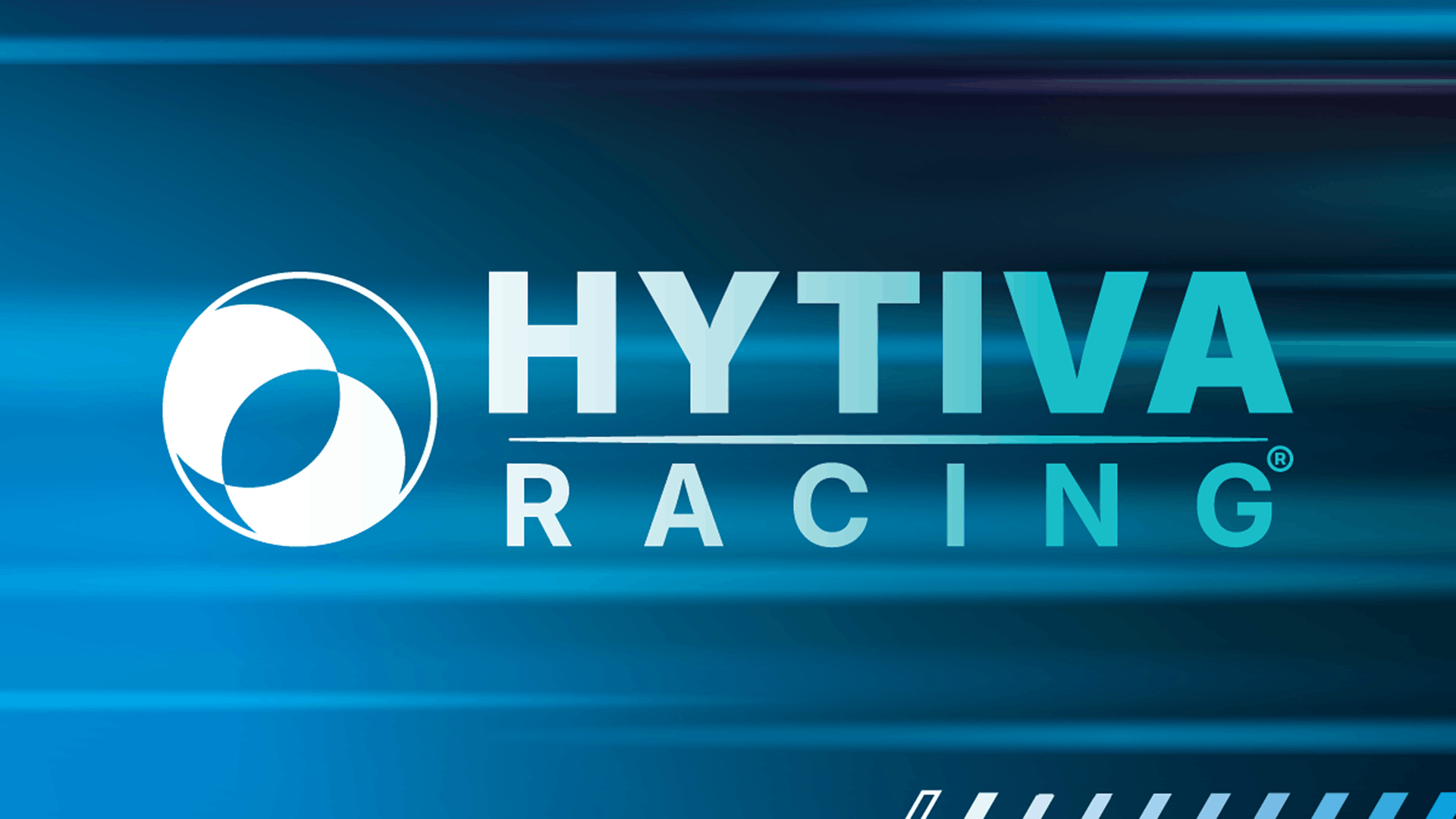
2025 Le Mans Hypercar Class: Engineering Excellence on Display
A Technical Look at the Innovation and Engineering Defining the Top Tier of Endurance Racing
As the 93rd edition of the 24 Hours of Le Mans approaches, the Hypercar class stands at the forefront of endurance racing, showcasing a blend of cutting-edge technology, strategic regulations, and fierce competition among the world's premier automotive manufacturers.
Engineering Marvels: Specifications of the 2025 Hypercars
The 2025 Hypercars are a testament to engineering excellence, designed to balance speed, efficiency, and reliability over the grueling 24-hour race.
- Dimensions and Weight: These machines are limited to a maximum length of 5,000 mm and a width of 2,000 mm, with a minimum weight of 1,030 kg. This creates a standardized footprint that ensures fair competition and allows engineers to focus on refining performance within strict boundaries.
- Powertrain: Hypercars can be powered by internal combustion engines (ICE) alone or in combination with hybrid systems. The total power output is capped at 500 kW (approximately 671 bhp), striking a balance between performance and sustainability.
- Aerodynamics: While movable aerodynamic devices are prohibited, the regulations allow for a degree of design freedom within a defined performance window, enabling manufacturers to explore innovative aerodynamic solutions that are both aggressive and functional.
Technological Innovations: Bridging Road and Track
The Hypercar class serves as a platform for manufacturers to develop and showcase technologies that often trickle down to road-going vehicles. The convergence of racing excellence and real-world application is evident in several key features:
- Hybrid Systems: Many Hypercars employ sophisticated hybrid systems that recover energy during braking and redeploy it for acceleration. This not only enhances lap times but also promotes energy efficiency and represents a major step forward in sustainable motorsport.
- Brake-by-Wire: This technology allows for more precise braking control by replacing traditional hydraulic systems with electronic controls. The result is improved responsiveness and seamless integration with energy recovery systems, especially important in endurance settings where driver fatigue and variable conditions are constant factors.
- Material Science: Extensive use of carbon fiber and other lightweight materials contributes to the structural integrity and performance of the vehicles. These materials help keep the weight down while ensuring safety and durability across the 24-hour duration of the race.
Regulatory Framework: Ensuring Competitive Parity
The Hypercar regulations, jointly developed by the FIA and the ACO, aim to balance performance, cost, and manufacturer diversity. This framework is key to what makes this class so unique in the modern racing landscape.
- Balance of Performance (BoP): This system adjusts parameters such as weight and power output to ensure close competition among different vehicles. It levels the playing field so that no single manufacturer can dominate purely through budget or raw horsepower.
- Cost Control: Regulations have reduced development budgets by up to 80% compared to previous top-tier classes. By doing so, they have made participation more accessible to a broader range of manufacturers without sacrificing the quality or innovation of the racing product.
- Homologation Cycles: Once a Hypercar is homologated, its core components are frozen for a set period. This discourages costly mid-season upgrades and encourages long-term development strategies, focusing on durability and strategic improvements rather than constant reinvention.
The 2025 Grid: A Showcase of Global Automotive Excellence
The 2025 Le Mans Hypercar grid features a diverse array of manufacturers, each bringing unique philosophies and technologies to the race. This diversity enriches the competition and fuels constant technological evolution.
- Ferrari: Returning with the 499P, Ferrari aims to defend its 2024 victory. The Italian marque is fielding a strong driver lineup including Miguel Molina, Nicklas Nielsen, and Antonio Fuoco, combining youth, experience, and undeniable pace.
- Toyota: The GR010 Hybrid remains one of the most formidable contenders. Toyota's years of hybrid racing experience give it a technological edge, and its consistent reliability over long stints continues to make it a podium threat.
- Porsche: With multiple entries in the Hypercar field, Porsche brings the 963, a car that blends traditional German engineering with modern hybrid capability. Porsche’s return to top-class Le Mans racing adds a legacy name and deep technical resources to the field.
- Peugeot: The 9X8 stands out with its radical design choices, notably the absence of a rear wing. Peugeot is pushing boundaries both visually and technically, hoping that innovation will bring them endurance glory.
- Aston Martin: Making its Hypercar debut, Aston Martin fields two Valkyrie AMR-LMH cars. These machines fuse road car aesthetics with race-bred performance, marking a significant commitment to endurance racing from the British brand.
- BMW, Cadillac, and Alpine: These manufacturers round out the grid, each bringing unique approaches to the Hypercar formula. BMW enters with a focus on precision engineering, Cadillac relies on brute V8 power and chassis strength, and Alpine offers a sleek, agile machine tuned for European circuits.
In total, the 2025 Hypercar class features more than 20 cars and includes at least eight manufacturers. Each team typically includes three drivers, leading to over 60 professional drivers competing in this class alone. With factory support and international talent, the grid is the most competitive it has been in decades.
The Apex of Endurance Racing
The 2025 Le Mans Hypercar class epitomizes the fusion of innovation, competition, and endurance. It is a modern reimagining of motorsport’s top level—one that balances electrification with excitement, design freedom with fairness, and global participation with legendary legacy.
From the paddock to the podium, these Hypercars represent more than just racing—they are a rolling laboratory of the future. As manufacturers continue to refine their technologies and strategies, fans can anticipate a thrilling showcase of automotive excellence at this year’s 24 Hours of Le Mans.